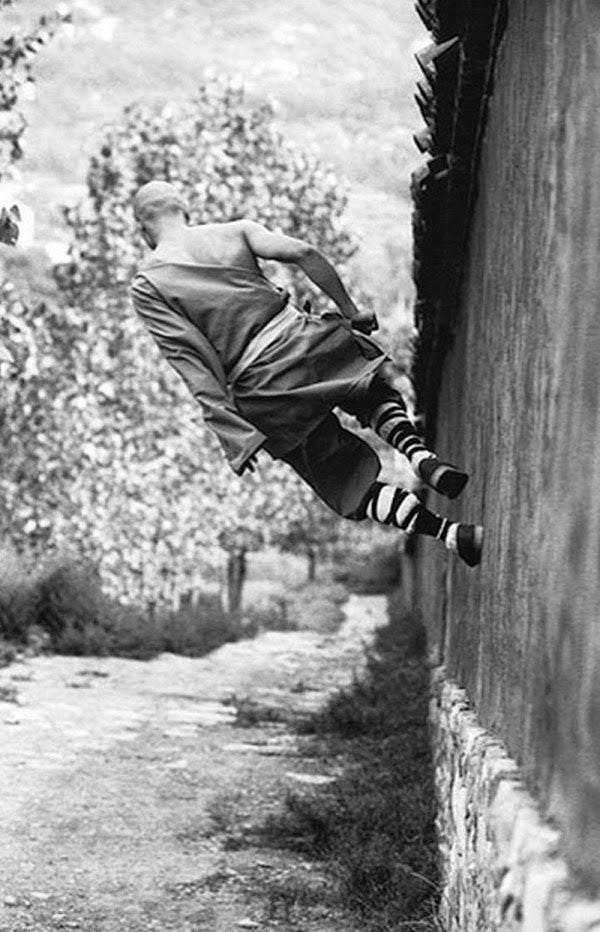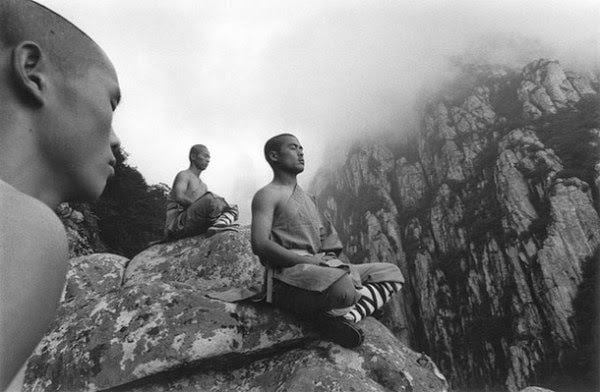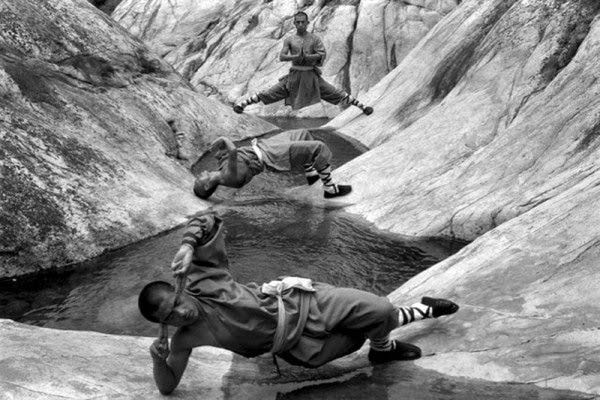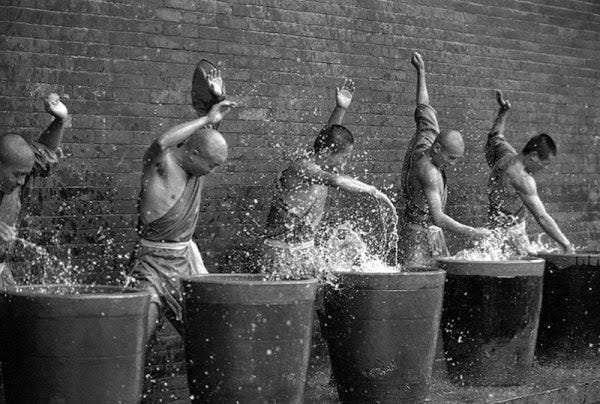The Eight-Treasure Diet of a Shaolin Monk
The humble life and diet from a physically demanding ethos of Buddhism.
As a child, I loved watching action-packed flicks. My favorite were kung fu movies, especially ones with Shaolin monks. The acting was horrible, no doubt, but it showed the humble life of a martial artist. Shaolin monks perform incredible physical feats of running along walls or skipping across water. As a kid, and up until today, my mind was blown. So for this edition of The Greasy Pen, I want to bring you along into the dining hall of the Shaolin Temple. Expect a brief history lesson and a legendary Chinese recipe at the end.
The Shaolin monks are renowned through Buddhism, yet they grew to fame through pop culture via kung fu movies and the Wu-Tang Clan. The rap group Wu-Tang Clan, more precisely RZA and Ol’ Dirty Bastard, got their name from watching the movie “Shaolin and Wu Tang”, and found plenty of their musical samples in it.
A Shaolin monk is the equivalent of a Marvel superhero in our world, to me at least. They embellish discipline and enlightenment, and practice techniques centered around balance, strength, endurance, and self-defense. Their life is dedicated to the four pillars of Shaolin culture. Those are the teachings of Chan, as in, Zen Buddhism, martial arts, Buddhist art, and traditional Chinese medicine.
In 464 AD, an Indian monk named Bodhidharma, also known as Dámó, the 28th successor in a line of religious leaders that could be traced back to Buddha, arrived in China to share Buddhist teachings. He was so successful in spreading those teachings, that in 495, the construction of the Shaolin Temple began under the orders of the Wei emperor Xiowendi.
This was the home where the Indian scriptures were translated into Chinese and the tenets of Zen Buddhism were formed. Dámó is attributed to having introduced martial arts as a reciprocal practice to meditation. That practice grew and became the exceptionally skilled Shaolin kung fu.
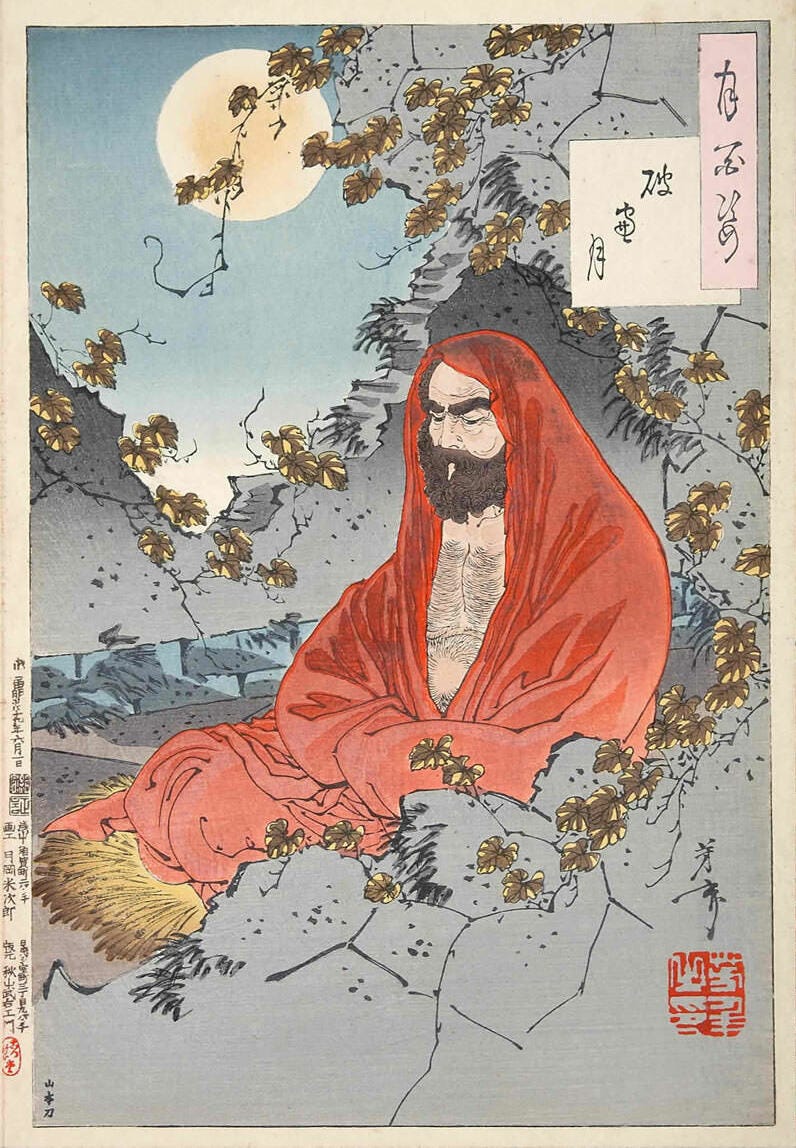
Those who live in the Shaolin Temple live with balance from spirituality, and martial arts, all the way down to their diet. They are famous vegetarians who prove meat is not necessary for a physically, mentally, and spiritually demanding life on the path to enlightenment. The Shaolin warriors living outside the temple who haven’t taken the same vows, in contrast, are allowed to eat meat if needed. This is because historically, Buddha was not vegetarian — he begged for food and accepted what came to him.
The Shaolin warrior monks abide by their routine of meditation and martial arts through their diet, which makes them some of the most healthy, athletically fit people in the world. This is due to their high protein, fiber, and low-fat content diet.
The typical range of their diet includes fruits, salads, tofu, beans, rice, lentils, noodles, soups, and plenty of stir-fried and steamed vegetable dishes and good quality protein. They eat in silence for every meal to further meditate on their food. They tend to stick to seasonal and simple cuisine and adhere to what is regionally around them or what they grow.
The Shaolin avoid garlic, onion, ginger, and spices that are pungent or hot, as they believe it can stir emotions and pull them away from their calm nature, depending on the type of Shaolin temple. The majority of their meals is carb-heavy with noodles, white rice, bread, or steamed buns. They avoid drinking water or tea during meals because they believe it hinders digestion, and alcohol is strictly forbidden.
The life of a Shaolin monk is not one of ease, but it is a healthy one. Their sacred breakfast gives them enough fuel to start their intensive day. A congee focused on beans and grains made with nuts, seeds, and dried fruits of goji berries and Chinese dates. Eight-treasures refers to the 8 different ingredients as certain numbers are considered auspicious in old-school Chinese belief systems. But let me not get ahead of myself, and share a Shaolin monk’s typical day:
The Shaolin continue their 1500-year-old practice of waking up at 5 to don their signature orange robes. Their day starts with meditative chanting until breakfast at 6. Then, they receive a soup of beans called eight-treasures — the perfect fuel before their in-depth training.
Further chanting is followed by a small break followed by a few hours of kung fu training. During that training consisting of the use of 36 weapons, each monk picks two animal movements, or styles, to specialize in. After practice comes more chanting or lessons until noon when lunch is served, a mix of at least 5 vegetables, tofu, and rice.
Temple affairs take place after lunch, such as attending the farm, chopping wood, sweeping, or commercial matters. Then comes more kung fu training where finally, to mix things up a bit, dinner is served with noodles and bread. More praying and chanting are expected before their bedtime by 10.
A Shaolin monk’s general health and fitness has a lineage starting from 495 AD. If you ask me, I would rather follow the long history and knowledge of their straightforward diet compared to some protein-powder-bodybuilder-mentality. That bodybuilder will never be as supple as the 70-year-old Shaolin monk, who can stand squatting on one leg for hours on end and school you on inner peace. Amitabha.
Photos sourced from The Spirit Science
Eight-Treasure Black Rice Porridge
Babao heimi zhou 八宝黑米粥
A recipe I found while digging into my cookbook collection:
Fuchsia Dunlop’s, The Food of Sichuan.
A classic congee you can find all over China and a staple Shaolin monk breakfast. This recipe makes 4-6 servings:
15g dried lotus seeds
15g day-lily bulb (baihe), fresh or dried
10g mung beans (or red beans)
10g azuki beans
15g raw peanuts, in their pink skins
15g walnuts (or chestnuts, or raw pecans)
20g dried Chinese dates (such as dried Chinese jujubes or dried Longan), stones removed
50g black glutinous rice (forbidden rice)
50g white glutinous rice
50g Thai jasmine rice
10g goji berries
Brown or white sugar, crushed rock sugar, or honey to serve (optional)
Preparation
Soak the lotus seeds, dried day-lily bulb (if using), mung beans, and azuki beans in cold water overnight.
Next day, drain and rinse, then tip into a large saucepan. Give the remaining ingredients a good rinse, except the goji berries and sugar, then add them to the pan with 3 liters of water.
Bring to a boil, skim if necessary, and simmer over gentle heat for 1 and 1/2 hours, stirring occasionally to prevent sticking and adding more water. if necessary. (If you are using the fresh day-lily bulbs, add them to the pan for the last few minutes of cooking.) You should end up with a loose, soupy porridge.
Shortly before the porridge will be ready, add the goji berries and let them steep in the hot liquid for a minute or so. Serve warm, with sugar or honey to taste, if you wish.
Congee-ly yours,
The Greasy Pen.




